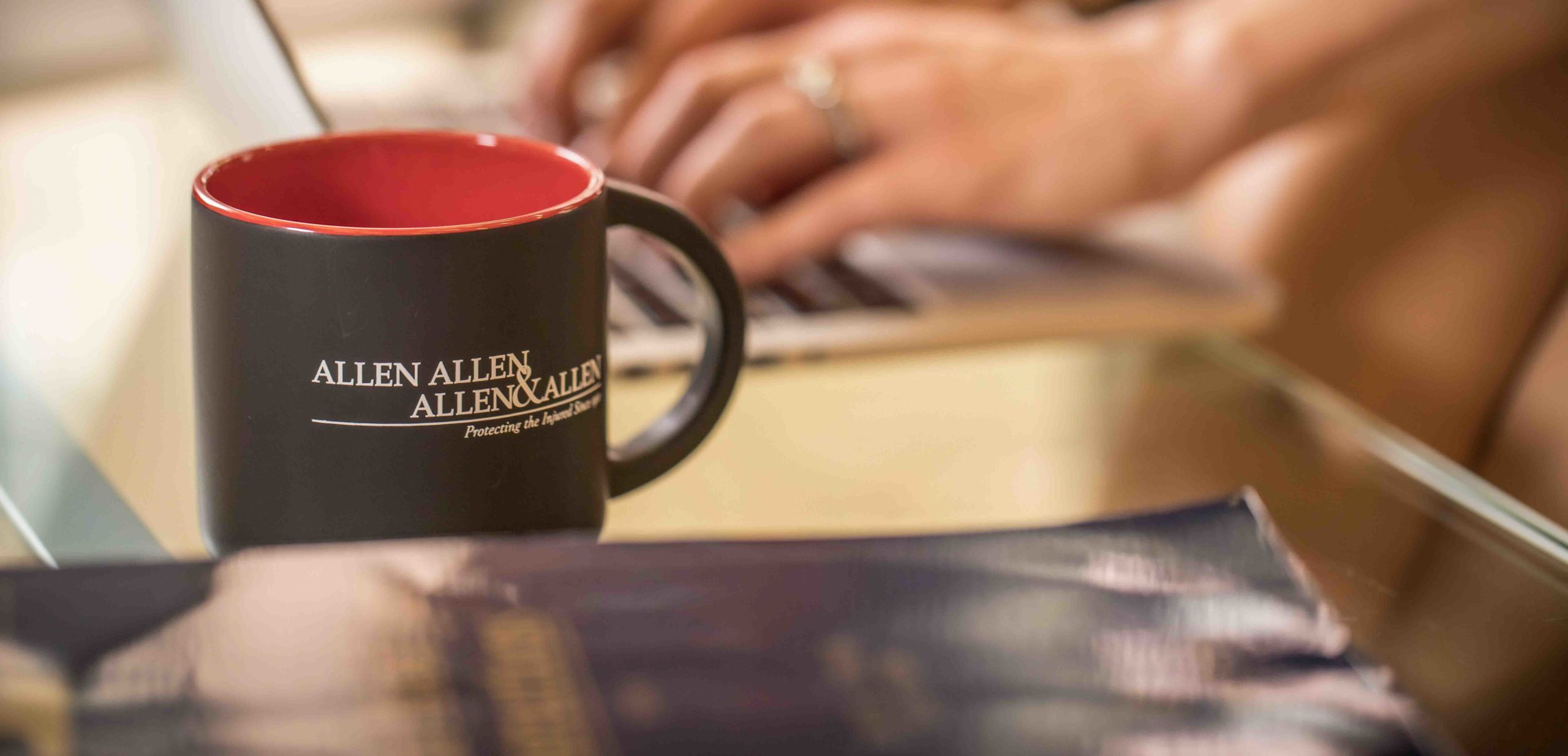You may have been fortunate enough to have avoided injury in an accident, but what if your car wasn’t as lucky? If your vehicle was damaged and the accident was not your fault, here are some guidelines to help you in dealing with the insurance companies and getting your car repaired.
This guide describes how to handle your property damage in general. Your insurance company may follow different procedures.
What is covered?
You are entitled to payment for any damage done to your vehicle and personal property, such as clothing, eye wear, sports equipment, or personal belongings that were in your car at the time of the accident if the accident was entirely someone else’s fault. Items that may have been lost or stolen from your car are not covered.
How am I paid for damages?
You may be able to recover your losses from the following three sources:
-
Liability Coverage Under the Defendant’s Insurance – If the other person’s insurance company accepts fault in your accident, they will normally pay a standard amount to have your car repaired. Unfortunately, insurance companies often take days or weeks to decide whether to accept fault in the accident. Therefore, your car may not be repaired in a timely manner.
-
Collision Coverage Under Your Insurance – Usually the fastest and easiest way to get your car repaired is to contact your insurance provider. Your car repairs will be paid under your own insurance policy regardless of who is at fault in the accident, and you are responsible for paying any deductible up front. This deductible will be returned to you if your insurance company is repaid by the other party. It is important to note that you may also be responsible for any rental car fees during the time your car is being repaired if you do not have rental reimbursement coverage under your own policy.
-
Uninsured or Underinsured Motorist Coverage Under Your Insurance – If the person who caused the accident does not have any insurance, does not have enough insurance, or is not able to be identified, then you are protected under the uninsured motorist coverage of your own policy. Depending on the type of accident, you may be responsible for paying a deductible for repairs.
How do I get my car repaired?
Dealing with insurance adjusters and auto body repair shops can be confusing. You can usually navigate the steps you’ll need to take, and in which order, by first determining whether or not your car is still drivable.
-
If Your Car is Drivable – You should contact the other party’s insurance company to ask for an estimate of the cost of repairing your car. An insurance adjuster may arrange to come by and look at your car or you may be asked to take your car to the insurance company’s location. Once you receive an estimate from the insurance company, take your car to a body shop of your choice for a second estimate. If the body shop feels the repairs to your car cannot be repaired as estimated by the insurance company, ask the manager of the body shop to call the insurance company on your behalf. The insurance company will then issue you a check to the body shop to pay for the repair to your car. Some insurance companies do not have local estimators and will ask you to get 2-3 estimates from local body shops for repairing your car. They will then issue you a check for the lowest estimate.
-
If Your Car is Not Drivable – The insurance company will send an adjuster to estimate the damage to your car. They will then issue a check to pay for the repairs. If your car has been towed to a repair shop or salvage yard, it is very important to have your car moved as quickly as possible to the body shop of your choice. Most of these locations charge a daily storage fee that you may be responsible for paying.
What if my car is “Totaled”?
The insurance company will compare the resale value of your car before the accident (fair market value) to the estimated cost of repairing your car (plus rental charges and salvage value) and pay you whichever amount is less. A car that costs more to repair than it was valued before the accident is called a “Total Loss”. The fair market value of your car is determined by the current price for a car similar to yours as listed by area car dealerships, newspapers, dealer surveys, and car value guidebooks such as the Kelley Blue Book.
When your car is declared a total loss, you have two options:
-
You can accept the total loss value of your car less the salvage value and keep your car.
-
You can accept the total loss and salvage value of your car by signing your car over to the insurance company. You will be required to sign the title and odometer reading statement. You may also be asked to sign a power of attorney to allow the insurance company to dispose of your car.
Rental Cars
While your car is being repaired or while you are waiting on payment for a car that is a total loss, you may need a rental car to keep up with your daily activities. Provided the rental car is a comparable model to your car, rented at a reasonable price, and rented for a reasonable amount of time, then the insurance company will typically reimburse you. Under the law in Virginia, the insurance company must only reimburse your expenses; therefore, you are often responsible for renting and paying for a rental car in advance.
Insurance companies often argue the amount of time a rental car is used, so it is important that you follow up with the body shop to make sure your car is repaired in a timely manner.
Conclusion
We hope you find this information helpful in resolving collision damages to your car. If you sustained injuries in an accident and you need the assistance of an attorney to gain fair compensation for your claim, please call us for a free consultation at 866-388-1307.




